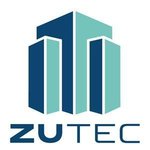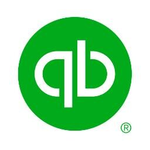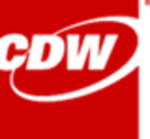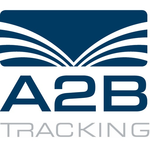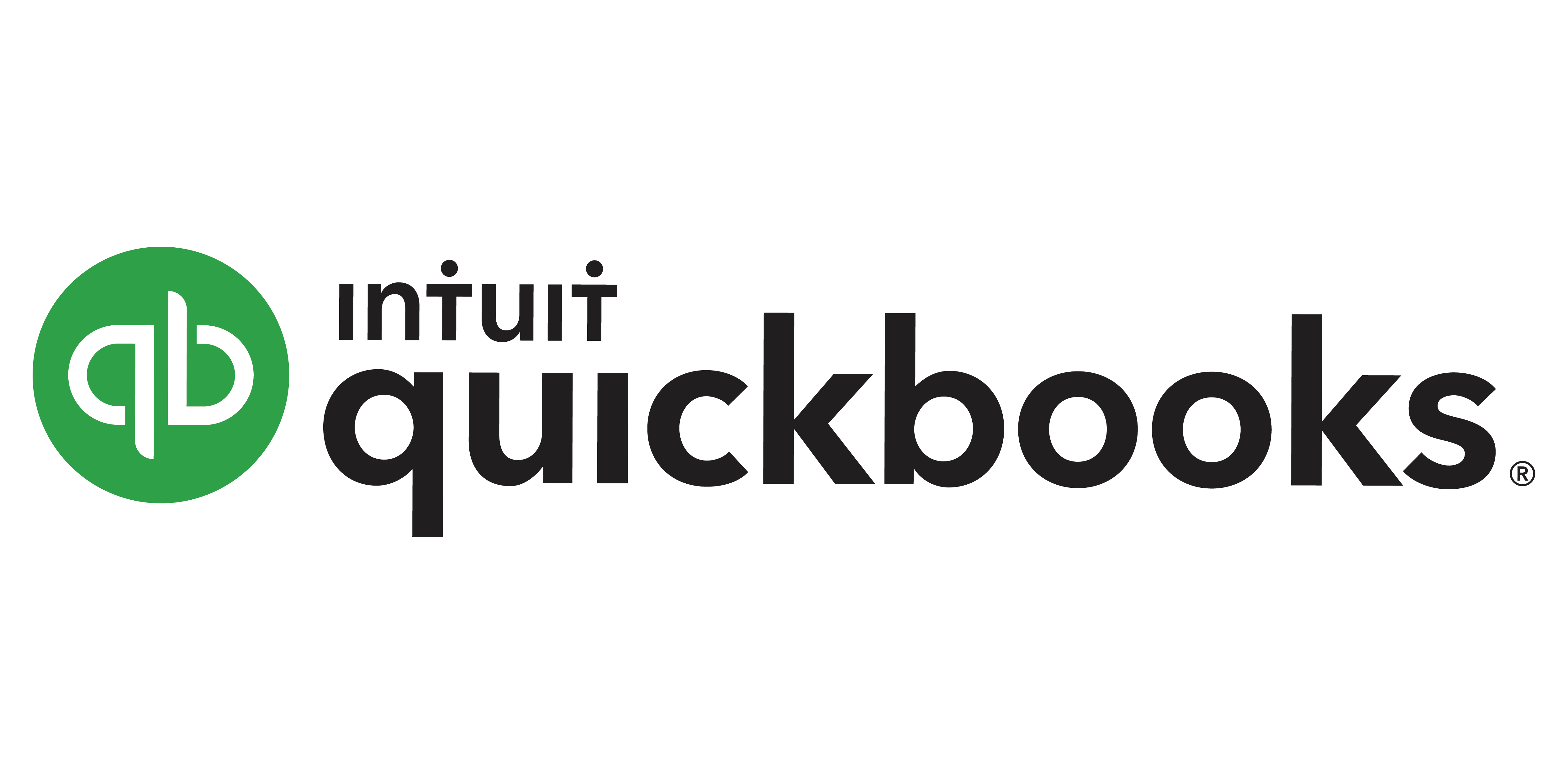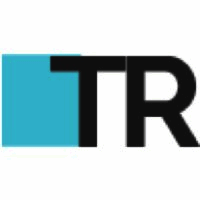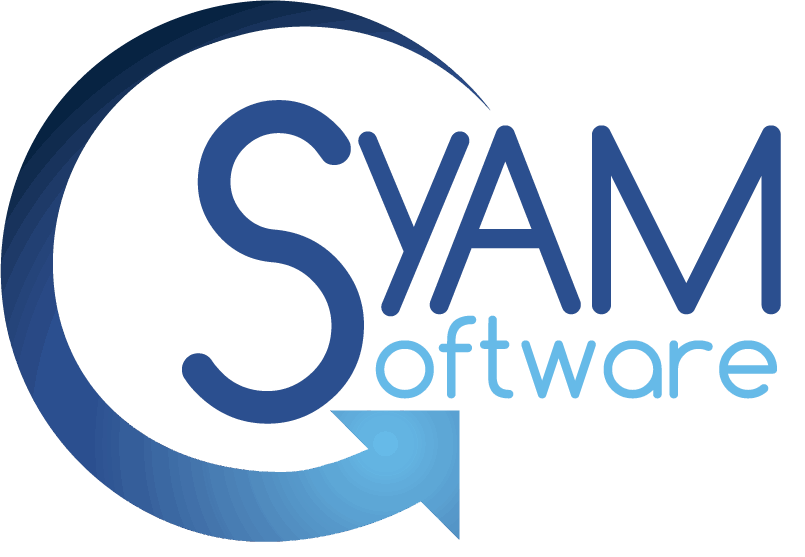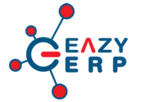What Is Asset Management Software?
Asset management software is a useful tool that assists firms in tracking and managing their physical assets, such as equipment, machinery, and furniture. It offers enterprises a unified platform for successfully monitoring and analyzing their assets, ensuring that they are being used to their maximum potential. This program has a variety of functionality, such as asset monitoring, maintenance scheduling, depreciation tracking, and reporting.
It enables firms to preserve a full inventory of their assets, including location, usage history, and repair plans. This information is critical for guaranteeing asset lifetime and efficiency. One of the primary advantages of asset management software is its ability to simplify and automate procedures. This program allows firms to effortlessly plan maintenance jobs, manage asset lifecycles, and produce reports, saving time and resources.
It also improves accuracy and reduces human mistake because all data is input and stored electronically. Furthermore, asset management software helps people make better decisions by offering actionable insights and real-time data on asset performance and usage. This enables firms to discover areas for improvement and make more informed decisions regarding asset upkeep, replacement, and disposal.
When choosing asset management software, make sure it is expandable and configurable to match your company's particular needs. Look for mobile accessibility, a user-friendly interface, and connection with other company systems to guarantee a smooth workflow.
What Are The Recent Trends In Asset Management Software?
In today's digital era, asset management software has evolved into a crucial tool for enterprises of all kinds. With the fast advancement of technology and the growing demand for enterprises to properly track and manage their assets, the asset management software industry is continuously changing.
In this buyer's guide, we'll look at the latest developments in asset management software and how they may help your organization.
1. Cloud-based Solutions: Cloud-based asset management software has been increasingly popular in recent years. This trend is fueled by the demand for safe and accessible data storage, real-time collaboration, and remote access. Cloud-based solutions enable organizations to track and manage their assets from any device with an internet connection, making them a handy and cost-effective alternative.
2. Mobile Applications: Another trend in asset management software is the creation of mobile applications. These applications enable organizations to track assets on the go, scan barcodes or QR codes for rapid identification, and receive real-time asset location and condition updates. This capability is especially useful for firms that have a significant number of movable assets, such as trucks or equipment.
3. Internet of Things (IoT) Integration: IoT integration is increasingly transforming asset management. Asset management software uses sensors and RFID technologies to track asset location, usage, and condition in real time. This enables preemptive maintenance, minimizes the likelihood of asset loss or theft, and maximizes asset use.
4. Artificial Intelligence (AI) and Machine Learning: Asset management software is being updated with AI and machine learning to boost asset tracking and forecasting capabilities. These technologies can analyze enormous volumes of data, discover trends, and make predictions to improve asset allocation and avoid downtime.
5. Sustainability and Environmental, Social, and Governance (ESG) Tracking: With a growing emphasis on sustainability and ESG goals, asset management software now includes functionality for tracking and managing assets' environmental effect. This involves monitoring carbon emissions, energy consumption, and waste created by assets, allowing firms to make better decisions regarding their environmental effect.
Benefits Of Using Asset Management Software
Asset management software is a useful tool for organizations of all sizes because it allows them to easily manage and track tangible assets like equipment, tools, and machinery.
But, what are the unique advantages of employing asset management software?Let's investigate:
1. Improved Asset Tracking: One of the key advantages of asset management software is the ability to precisely track the location and status of assets. This guarantees that assets are constantly accounted for, lowering the likelihood of loss or theft. Businesses may use real-time tracking to rapidly discover and restore unused assets, resulting in cost savings.
2. Improved Efficiency: Manual asset management methods are time-consuming and prone to mistakes. Asset management software automates operations like data input, maintenance scheduling, and asset transfers, making the process more efficient. This allows staff to focus on more vital activities while decreasing the risk of human mistake.
3. Improved Maintenance Planning: Keeping track of asset maintenance schedules may be challenging, especially if a company has a big number of assets. Asset management software makes this process easier by delivering warnings when assets are due for maintenance, allowing firms to remain on top of maintenance and extend the life of their assets.
4. Cost savings: By improving asset tracking and maintenance, firms may save money in the long term. Accurate asset data enables better financial planning and budgeting, while timely maintenance lowers the likelihood of costly failures or replacements. Furthermore, enhanced efficiency saves money by reducing the amount of time and resources spent on manual asset tracking.
5. Compliance and Audit Readiness: Asset management software offers firms with a consolidated system for storing critical asset information, making it easier to meet regulatory requirements and prepare for audits. This not only saves time but also lowers the likelihood of fines for noncompliance.
6. Integration with Other Systems: Asset management software solutions often integrate with other corporate systems, such as accounting or inventory management software. This enables seamless data exchange, removing the need for manual data entry and lowering the likelihood of mistakes. Overall, employing asset management software may provide several advantages to a firm, such as greater asset monitoring, increased productivity, cost savings, and compliance preparedness. Before selecting a software solution, evaluate your business requirements and select a credible and scalable choice that matches your budget. With the proper asset management software, you can streamline your procedures and maximize the use of your physical assets.
Important Factors To Consider While Purchasing Asset Management Software?
When investing in asset management software, there are several important elements to consider to guarantee you select the best solution for your company's needs.
Here are the most significant variables to consider while selecting asset management software:
1. Scalability: One of the most important considerations is the software's scalability. As your firm grows and your asset portfolio grows, you'll need software that can adapt to your changing needs. Look for a system that provides flexible pricing and can handle your company's expansion without constraints.
2. Customization: Each organization has its own set of assets and operations, so a one-size-fits-all solution may not fulfill your needs. A decent asset management software should have customization options that allow you to adjust the software to your specific business requirements. This not only increases efficiency but also maximizes the value of your investment.
3. Integration: It is critical to select software that works flawlessly with your current systems and third-party applications. This will improve data accuracy while saving time by eliminating the need for manual data entry. Look for software that integrates with popular company tools like accounting software, project management software, and ERP systems.
4. User-friendliness: The software's usability is another important issue to examine. It should be intuitive and user-friendly, with a simple interface to browse. This reduces the learning curve for your personnel and increases their productivity with the software.
5. Mobile access: In today's fast-paced corporate environment, having access to information on the go is critical. Make sure the asset management software you chose has mobile access, so you can see and update asset data from your smartphone or tablet.
6. Security: Because your assets are vital to your organization, the software you select should include strong security capabilities to safeguard your data. Look for a system that includes data encryption, user access limits, and regular security updates to keep your critical information safe.
7. Reporting And Analytics: The software should have strong reporting and analytics features to help you understand your assets' performance, maintenance schedules, and lifecycle costs. This will allow you to make more informed judgments and highlight areas for improvement.
8. Customer support: Before purchasing any product, it is critical to assess the level of customer service you will receive. Look for a vendor who provides prompt and attentive support over many channels, including phone, email, and live chat.
9. Training And Onboarding: Your team's ability to use the program determines its effectiveness and adoption. Consider providers who provide training and onboarding services to ensure that your staff are comfortable using the software and getting the most out of it.
10. Cost: Finally, cost is an important issue to consider when selecting asset management software. While you don't want to sacrifice quality, make sure the software you purchase is within your budget and offers a fair return on investment. By taking these elements into account, you can select asset management software that suits your company's goals and assists you in managing your assets more efficiently, increasing productivity, and driving growth. Take the time to consider your options and select a solution that is consistent with your long-term business objectives.
What Are The Key Features to Look for In Asset Management Software?
When looking for the best asset management software for your company, there are a few crucial things to consider that can significantly improve how efficiently and successfully you manage your assets.
These features include the following:
1. Asset Tracking And Monitoring: The first and most important function of asset management software is the ability to track and monitor your assets. This includes keeping track of their location and condition, as well as other vital information like maintenance schedules and usage histories. Look for software that provides real-time tracking and updates to guarantee that the information is correct and up to date.
2. Customizable Asset Database: Because each organization has unique asset types, it is critical to select software that allows you to tailor your asset database to your individual requirements. This could include creating custom fields, categories, and labels to help you organize and manage your assets.
3. Integration With Barcode/RFID Scanning: Manually entering asset information is time-consuming and error-prone. Look for software that integrates with barcode or RFID scanning technologies to make data entry more efficient and accurate.
4. Maintenance And Repair Tracking: Regular maintenance and timely repairs are critical for maintaining your assets in good shape and extending their lifespan. Look for software that includes maintenance and repair tracking tools to help you schedule and monitor these operations more efficiently.
5. Depreciation Management: Depreciation is an important part of asset management that might impact your company's financial statements. Choose software that has built-in depreciation calculations or allows you to enter your own depreciation rates to correctly track the worth of your assets over time.
6. User-Friendly Interface: When purchasing any software, it is critical to evaluate its usability. Look for asset management software with a simple, easy-to-use interface that even non-technical users can understand.
7. Reporting And Analytics: To acquire insights and make data-driven decisions, your asset management software should provide extensive reporting and analytics capabilities. This could include customized reports, data visualizations, and predictive analytics to assist you in planning and making educated decisions.
8. Cloud-Based Or Mobile Accessibility: With the growing popularity of remote work, it is critical to have access to your asset management software from any location and on any device. Consider using cloud-based software or a mobile app for easy and flexible asset management. Consider these critical aspects to guarantee that the asset management software you chose fits your business goals and streamlines your asset management operations.
Why Do Businesses Need Asset Management Software?
Asset management software is critical for firms to effectively track, manage, and maintain their physical and digital assets. It refers to a set of tools and processes that allow businesses to monitor and optimize asset performance, reduce operational risks, and ultimately increase profitability. Here are the primary reasons why firms use asset management software:
1. Streamline Asset Management Processes: Managing and tracking assets manually can be time-consuming and inefficient. Asset management software streamlines the process, allowing organizations to track and monitor their assets in real time. This helps to streamline asset management operations, saving time and effort for staff.
2. Ensure Compliance: Compliance is essential for organizations that operate in highly regulated industries. Asset management software promotes regulatory compliance by maintaining detailed records of each asset, maintenance schedules, and inspection dates. This simplifies regulatory audits while also avoiding penalties and fines for noncompliance.
3. Increase Efficiency And Productivity: Asset management software allows firms to streamline asset monitoring operations, reduce downtime, and optimize asset use. This increases efficiency and production because personnel may focus on other key duties rather than manual asset management tasks.
4. Reduce Operating Risks: Assets are susceptible to wear and tear, breakdowns, and malfunctions, which can lead to unforeseen operating risks. Asset management software gives firms real-time visibility into their assets' condition, allowing for preventive maintenance and lowering the risk of unexpected breakdowns and disruptions.
5. Optimize Asset Lifecycle: Asset management software enables firms to optimize the whole asset lifecycle. From acquisition until disposal, the program tracks all of the activities and expenditures related with each asset. This allows organizations to make informed decisions about when to repair, replace, or retire assets, lowering wasteful costs and increasing return on investment.
6. Improve Decision Making: By collecting accurate and comprehensive data on asset performance, firms can make more informed decisions about asset use, future investments, and resource allocation. This not only helps businesses save money, but it also allows them to stay ahead of the competition.
How Much Time Is Required to Implement Asset Management Software?
The time necessary to completely install asset management software will be determined by a number of factors, including your organization's size, the complexity of your assets, and the specific features and customisation of the program you select. On average, the implementation process can take anywhere from a few weeks to several months.
The first stage in installing asset management software is to collect all relevant information about your assets, such as their type, location, and condition. This can be a time-consuming procedure, particularly for larger firms with a diverse portfolio of assets. However, the accuracy and completeness of these data are critical to successful deployment. Next, the software must be configured to fit your individual demands and specifications. This includes configuring user permissions, creating custom reports, and interacting with other systems.
Depending on the intricacy of your activities, this step may take many weeks or even months to complete. Training is another important part of the implementation process. To use the software properly, your personnel must be familiar with all of its features and functionalities. This could include training sessions and continuing support to guarantee a smooth transfer to the new system. Finally, testing and debugging are key processes in ensuring that the software works properly and that all data is accurately imported.
It may take several weeks to detect and resolve any issues before the program goes online. It is critical to understand that the implementation time is not the same as the time required to reap the full benefits of asset management software. The full benefits may take months or even years to manifest as the software optimizes processes, tracks data, and improves decision-making over time.
What Is the Level of Customization Available in Asset Management Software?
When evaluating asset management software, it is critical to understand the level of customization offered. This allows you to modify the program to your own business requirements and operations. The level of customization varies widely amongst software solutions, so it's critical to investigate and compare before making a choice. Overall, asset management software provides a great amount of customisation.
This is because each organization has distinct assets to manage, and the software must be adaptable enough to accommodate these differences. Some software solutions may even provide comprehensive customization, allowing you to develop your own fields, workflows, and reports. When it comes to customisation, there are three major areas to consider: fields/data, workflows, and reporting.
To begin, fields and data are terms used to describe the information recorded and saved in software. The level of customization here refers to the ability to add or remove fields, as well as to specify the sorts of data that can be entered. This enables you to monitor precise facts about your assets that are critical to your organization. Second, workflows refer to the methods and procedures that the software uses to manage assets.
The level of customization here refers to the ability to develop your own processes, automate tasks, and interact with other systems. This can considerably increase the efficiency and precision with which you manage your assets. Finally, reports are critical components of asset management software. The level of customization here refers to the ability to develop and adapt reports to meet your company's specific requirements.
This includes choosing the data to include, how it is displayed, and the option to schedule and automate report generation. Overall, asset management software offers a great amount of customisation, allowing for a more personalized experience. It is critical to carefully assess and compare the customization choices of various software options to ensure that they match your company's specific requirements.
Which Industries Can Benefit the Most From Asset Management Software?
Asset management software is a useful tool that may help a variety of sectors. Its features go far beyond standard inventory management systems, providing firms with a complete solution for tracking and managing their physical assets. Manufacturing is one area that stands to profit substantially from asset management software. Manufacturers can improve production processes, save operational costs, and increase overall efficiency by regularly monitoring their assets.
This program allows users to monitor the location, status, and maintenance schedules of their equipment, resulting in better asset utilization and less downtime. Another area that might benefit significantly from asset management software is healthcare. With the increased use of expensive medical equipment, hospitals and clinics must monitor their assets to guarantee correct usage and maintenance.
Asset management software provides a centralized database with accurate and real-time information about the equipment's location, service history, and warranty, lowering the risk of errors and equipment breakdowns. Asset management software can also be very beneficial to the construction industry. It can be difficult to maintain track of the usage and upkeep of several assets, tools, and equipment during a project.
Asset management software offers construction organizations a single platform for monitoring and managing their equipment's location, usage, and maintenance schedules. This leads to better project planning, cost control, and timely completion of projects. Another area that can benefit from asset management software is transportation and logistics.
These enterprises frequently have a huge number of assets, such as cars, containers, and warehouses, that must be carefully monitored and controlled. Asset management software provides real-time tracking and reporting, allowing businesses to maximize asset use, cut wasteful costs, and boost overall supply chain efficiency.
Finally, government and public sector firms can profit from asset management software. With a diverse range of assets, including buildings, cars, and technology, it is critical that these companies have a strong system in place to manage and sustain them. Asset management software creates a consolidated database for effective asset tracking and maintenance, resulting in cost savings and better service delivery.
Conclusion
After carefully analyzing all of the relevant criteria, it is evident that investing in asset management software is a wise move for any firm. It not only simplifies and organizes asset management, but it also offers a full solution for tracking, evaluating, and optimizing asset performance. Before making a purchase, critically assess the software's features and capabilities to guarantee they match your specific business requirements.
Consider scalability, customisation choices, compatibility with your existing systems, and ease of use. It is also essential that you choose a recognized and established vendor who provides solid customer service and software upgrades on a regular basis. This ensures that the system is implemented smoothly and successfully. In the long run, investing in asset management software will raise your organization's productivity, save costs, and improve decision-making capabilities.
With the ever-changing business landscape, having a strong asset management system in place is critical for remaining competitive and increasing ROI. We hope our buyer's guide has helped you understand the value and benefits of asset management software, as well as given you great insights into how to make an informed purchasing decision. Remember to carefully consider your requirements and completely explore the software possibilities before making a final decision. Happy shopping!





